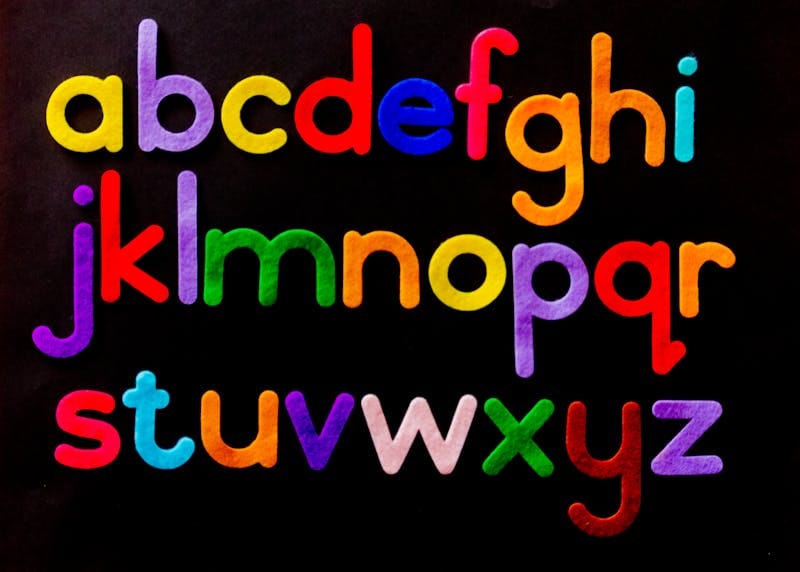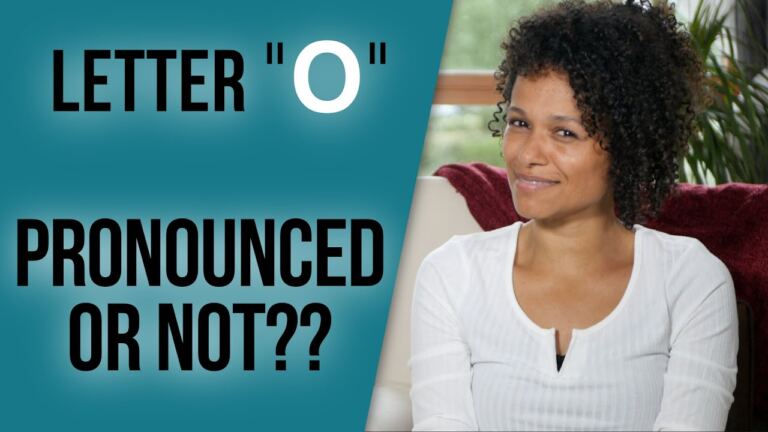Portuguese Language Pronunciation: Essential Tips and Rules
Pronunciation is a hot topic among all language learners. If you are learning as an adult, it is unlikely you will develop a native accent. However, that does not have to be a negative thing. Author and law professor Amy Chua eloquently put this into words in her book, Battle Hymn of the Tiger Mother. She wrote: “Do you know what a foreign accent is? It’s a sign of bravery.”
Learning a new language means stepping out of your comfort zone. It involves exposing yourself to error and allowing others to correct you constantly. At the same time, it helps you develop your abilities and your character like few other things.
And pronunciation is a major aspect of this process, since it is the biggest tell that you are not speaking your native language. Additionally, mastering pronunciation is crucial for ensuring effective communication. So, how can you develop a good European Portuguese accent? What techniques can you apply to improve your enunciation?
European Portuguese Pronunciation Basics
At Portuguese with Carla, we know the challenges of learning a new language. Struggling for words in the worst possible moment? We have been there. Saying something completely out of context that leaves others as confused as you are? Check. Feeling like no one will ever know how smart you can be in your native language? We get it!
We want to help you master European Portuguese and overcome all of the obstacles it involves. That is why we created The Journey. It is an immersive course that helps you develop all aspects of the language. It also allows you to practice in a safe space before stepping out into the world and interacting with the natives. If this feels like something you would like to try, click HERE to learn more info and start your 7-day free trial.

Portuguese language pronunciation can be especially challenging for English speakers. It has many sounds that seem similar. Besides, it also includes sounds that are difficult to pronounce, like nasal vowels.
Dig deeper into the basics and get a better understanding of what Portuguese sounds like. Additionally, learn a few techniques you can apply to improve your pronunciation.
Understanding the Portuguese Alphabet
The first step to understanding any language better is digging into the alphabet. The Portuguese alphabet is similar to the English alphabet. However, many letters have different sounds, others are silent, and others form specific sounds.
Additionally, some letters like C and G may sound different depending on the letters that surround them. For example, the Ç (C cedilha) sounds like an S. The L and the N create two unique sounds when joined with H, which is usually an unvoiced consonant. They make up the LH and the NH, which have the same sound as the Italian GL and GN.
The Portuguese alphabet also includes accents and diacritical marks that affect pronunciation. Some examples include the tilde (~) and the circumflex accent (^). Familiarizing yourself with the Portuguese alphabet is the first step to learning Portuguese and improving your pronunciation.
Vowel Sounds and Diphthongs
Portuguese vowels can be opened or closed. Besides, the language has many diphthongs. Joining two vowels creates unique sounds that are not only part of, but also common in the Portuguese language. They can be challenging to identify and pronounce for foreigners.
Examples include Pai (Father) with the diphthong ai, Mãe (Mother) with ãe, and Dois (Two) with oi. There are oral and nasal diphthongs, and both require careful practice. Nasal diphthongs, such as ão in Pão (Bread), are especially challenging for learners.
Vowel sounds are another tricky aspect. The vowel E can be pronounced in at least four ways. It can be E (Ser – To be), EH (Fé – Faith), EE (Campeonato – Championship), or UH (Celebrar – Celebrate). To learn these different sounds, you must practice repeating Portuguese words. You can also listen to the natives and repeat their intonation.
Establishing connections with English words can also help you remember and imitate Portuguese sounds. Going back to the example above, to learn the different sounds of the letter E, you can compare it to the following English terms:
- E (Ser – To be) is pronounced similarly to Convey
- EH (Fé – Faith) is pronounced similarly to Bed
- EE (Campeonato – Championship) is pronounced similarly to See
- UH (Celebrar– Celebrate) is pronounced similarly to Teacher
The R, the Nasal Sound, and Other Challenges
Besides the intonation and stress patterns, other aspects might prove challenging. For many English speakers, hearing a native Portuguese speaker sounds like a Slavic language. Unlike Spanish, French, Romanian, and Italian, Portuguese has distinct sounds and intonation patterns.
If you have Portuguese friends, you might have thought they were speaking Russian when you first heard them. This is one of the most interesting aspects of Portuguese. It happens because they are both stress-timed languages.
Nasal sounds are another common challenge. Everyday terms like Não (No), and Muito obrigado (Thank you very much) require this nasal pronunciation.
Aprender Português – Learning Techniques You Should Apply
At Portuguese with Carla, we have been researching the best learning techniques for over a decade. Science keeps showing that the most helpful approach to learning a foreign tongue is emphasizing exposure, immersion, and practice. This method is by far the most natural way to learn, even if you are a complete beginner.
We have applied this approach in The Journey, our European Portuguese online course. It is already helping hundreds of people learning Portuguese. Want to discover how? Click the button below!
Learn European Portuguese the Instinctive Way!
Meet The Journey – a shift from studying rules to feeling the language. By wrapping pronunciation, grammar, and conversation in an engaging adventure, your brain instinctively picks up the patterns, making fluency effortless and enjoyable.
Start your journey today!
To improve your Portuguese pronunciation, focus on listening to native speakers and practicing regularly. Whether you are in Portugal or not, you can watch videos, movies, and series, hear music and podcasts, or read magazines and books. Doing so will help you understand the basics of Portuguese without spending endless hours studying grammar and theory.
You will also focus on developing a natural flow and rhythm in your speech. These methods will give you the confidence to practice. As a result, you will be less afraid to make mistakes when interacting with Portuguese people.
Learning Portuguese Language Pronunciation – Your Ticket to Fluency
One of the aspects that Portuguese learners struggle with the most is pronunciation. Vowel sounds, diphthongs, the guttural R, and nasal sounds are some of the things you will have to master. Exposure and practice will help you achieve a natural flow and rhythm in speech.
Remember that Portuguese is spoken all over the world. Thus, you will find distinct accents in Portugal, Brazil, Angola, and other Portuguese-speaking countries. Moreover, there are two main variants of the language – European and Brazilian Portuguese. You should focus on one of them to help you make sense of the difference between them.
You can utilize online resources and courses, such as The Journey, to help you learn European Portuguese. The course covers all the phonemes of the Portuguese language. For each sound, you will find a video explanation, followed by exercises for you to practice.
Besides, the program presents more than just the language. It introduces you to the local customs, allowing you to explore the culture from the very beginning.








